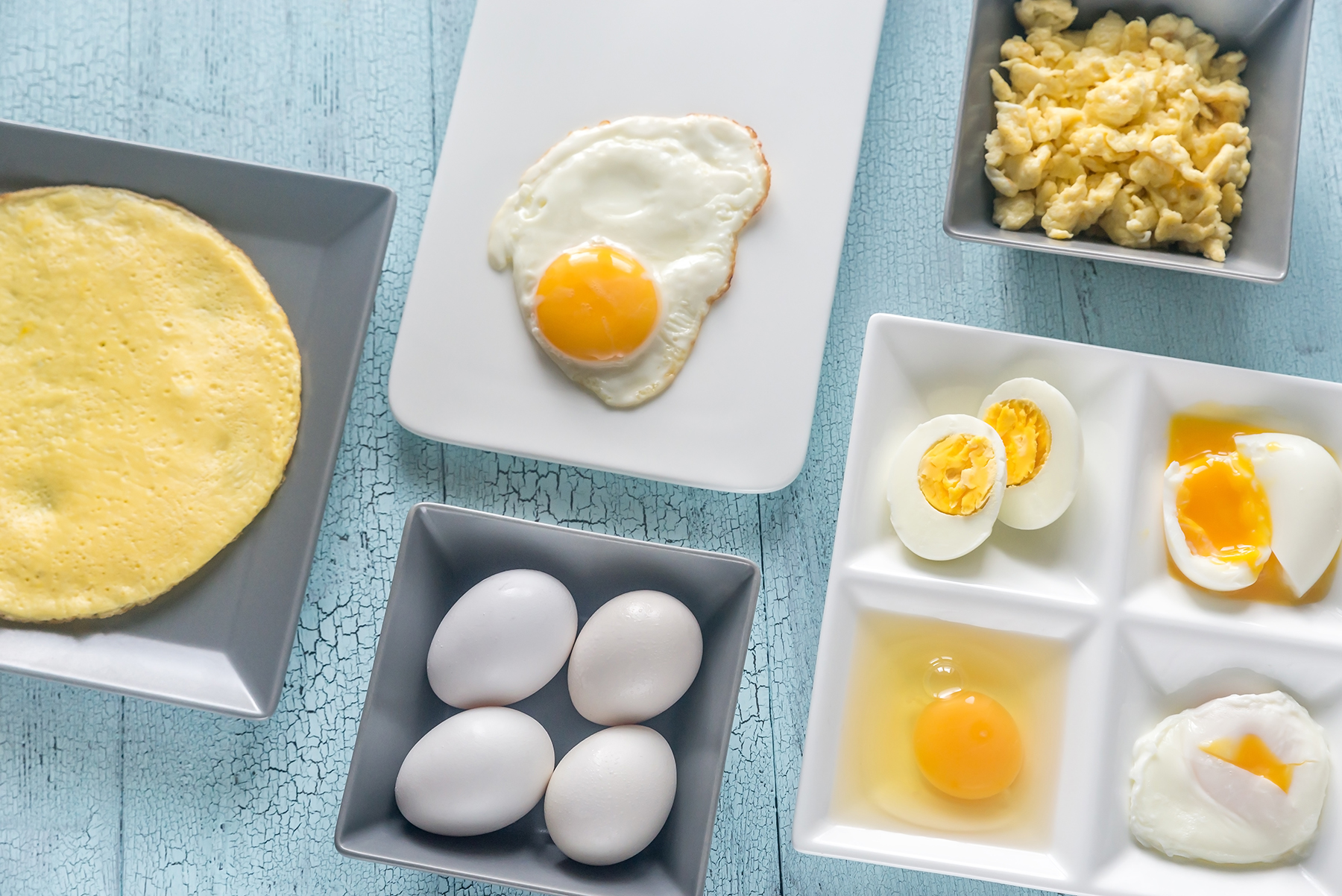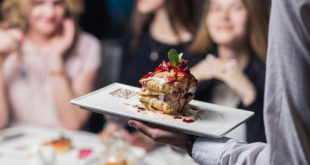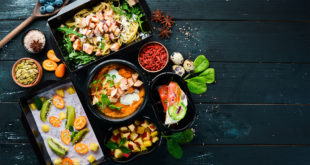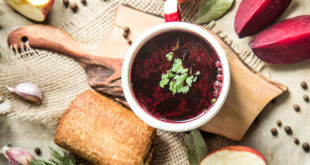
Did you know that there are at least 10 different ways to cook an egg? I’d wager a guess that aside from steak, eggs are the most frequent item sent back to the kitchen. Eggs are a peculiar thing, and every individual has a distinct preference for their “perfect eggs.” Managing those expectations can be tricky, and if the customer’s definition of “Over Hard” differs from the kitchen, you could be facing a conflict. Anytime food comes back to the kitchen you lose money. You could lose money on your product, time, and could potentially risk screwing up other orders as you fix this one.
Here are 10 popular ways customers order may order their eggs—do you agree with my definitions?
(Hard) Scrambled

Scrambled eggs are a popular choice in most restaurants. Scrambled eggs refer to when the whites and yolks are mixed together. Sometimes additional ingredients like milk or cream is added to the mixture and then gently cooked to create a curdled texture. Though not indicated, you’ll find hard scrambled eggs at the restaurant, which means they’re cooked all the way through—no runny texture!
Soft Scrambled

Preparation for soft scrambled eggs is the same as hard scrambled eggs but the cooking time is much less. With soft scrambled eggs you might notice a “wet” texture which means that while the eggs are not runny, the reflecting light gives the appearance that they’re wet.
Sunny Side Up

As a classic depiction of a cooked egg, “sunny side up” refers to a fried egg that is never flipped. In this method, you should expect the whites to cook completely or at least partially set while the yolk remains very runny.
Over Easy

In many cases you may have customers use “sunny side up” and “over easy” interchangeably, but the cooking methods are slightly different. With over easy eggs, you can expect the eggs to be flipped so that it cooks just long enough for the film over the top of the yolk to be cooked, while still leaving the center of the yolk runny.
Over Medium

For those who like runny yolks but become repulsed at the thought of a watery egg white, over medium eggs are for you! Cooked longer after flipping than over easy preparations, you can expect a browner egg with a thicker film on your yolk that’s still slightly runny inside.
Over Hard

As you may have guessed, if an “over easy” egg has a runny yolk, then an “over hard” egg should have no semblance of a runny yolk anywhere. Be careful to not break the yolk when flipping, and give it enough time on the other side to cook all the way through.
Poached
 The key component to eggs benedict, poached eggs are those removed from their shell and then boiled. The result is an extremely soft egg devoid of any hard eggs. The yolks should be very runny here, and take care not to overcook your poached eggs, and if you serve the eggs in a side bowl be sure to remove as much as water as possible when plating.
The key component to eggs benedict, poached eggs are those removed from their shell and then boiled. The result is an extremely soft egg devoid of any hard eggs. The yolks should be very runny here, and take care not to overcook your poached eggs, and if you serve the eggs in a side bowl be sure to remove as much as water as possible when plating.
Soft Boiled

Cooked in its shell, the soft boiled egg is boiled in water for no more than 6 minutes. These eggs are cooked just enough to set the whites while keeping the yolk runny.
Hard Boiled

Similar to a soft boiled egg, hard boiled eggs are cooked within their shell and cooked in boiling water for longer period of time (typically around 10 minutes). This method ensures both the white and yolk of the egg is completely cooked throughout.
Plain Omelette

For some reason, this seems to be the trickiest of all to explain at brunch. “You want an omelette, but nothing in it?” Yes, yes I do. Consider this like an egg pancake. Cooking a plain omelette is quite simple, and simple requires both the yolk and white of the egg to be beaten together before pouring into a fry pan and cooking one side thoroughly before flipping and cooking the other side.
So the next time you ask the question “How do you want your eggs,” consider the answers and what those requests may mean. Better yet, educate your staff to be comfortable enough to ask the customers further questions to gauge their preference on runny vs non-runny yolks, soft vs hard, etc.
 Corner Booth Blog | TundraFMP Restaurant Supply, News & Equipment Blog
Corner Booth Blog | TundraFMP Restaurant Supply, News & Equipment Blog



